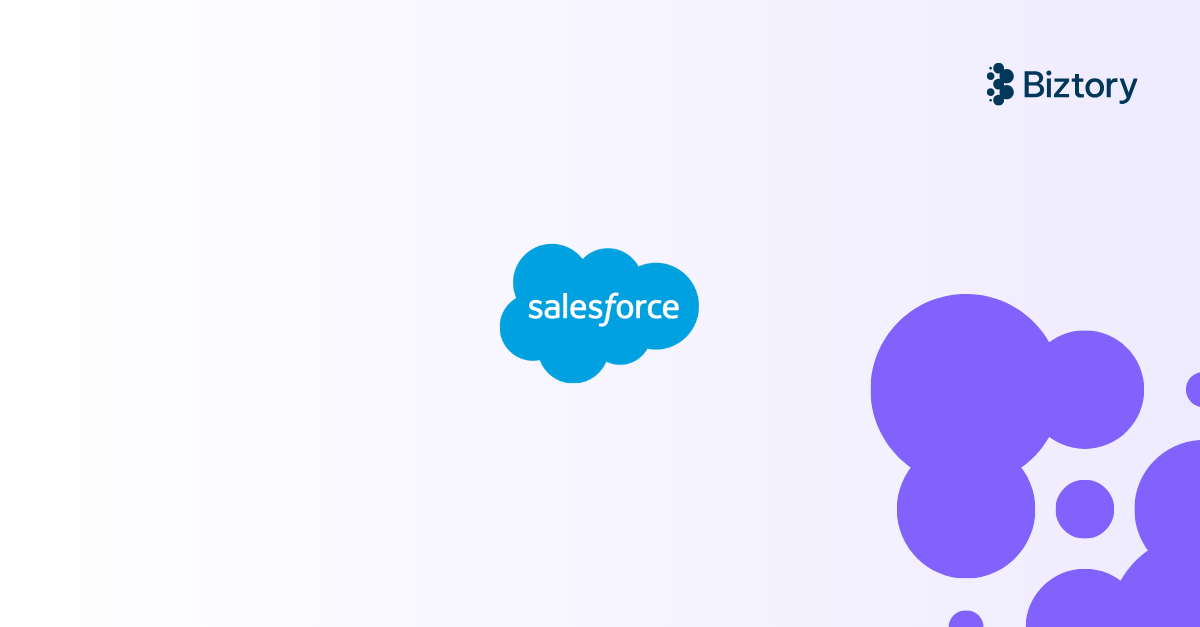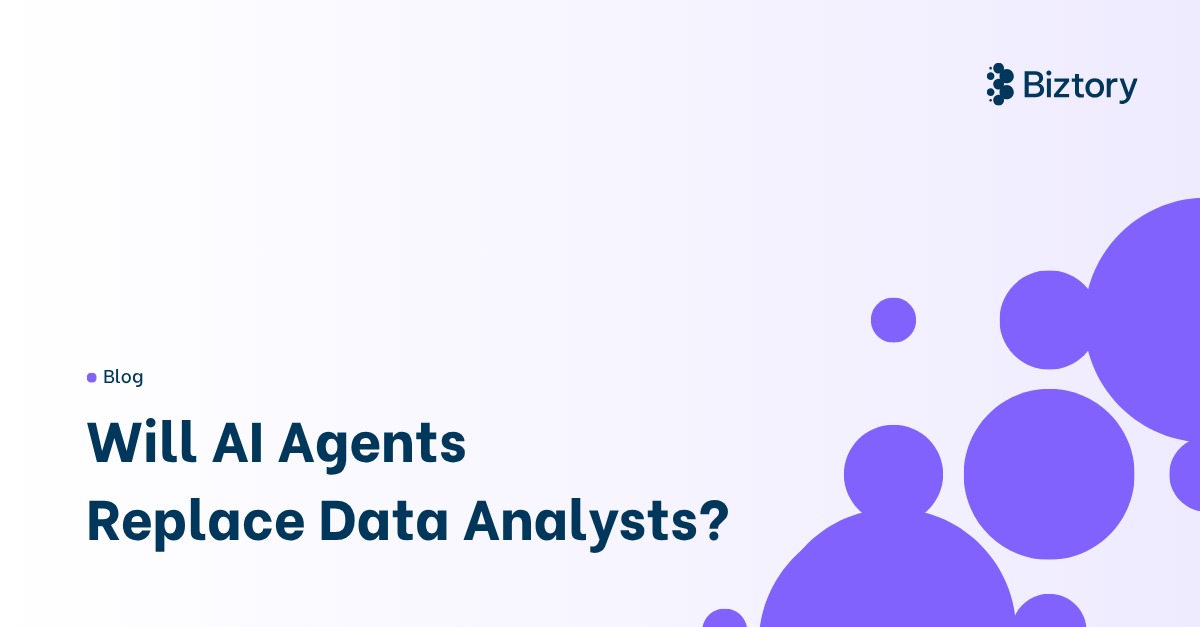In today’s fast-moving business world, waiting for reports to tell you what’s happening is too slow. You need insights that find you—not the other way around. That’s where agentic analytics in Salesforce comes in.
With the power of Tableau and Salesforce combined, agentic analytics brings AI-driven insights directly into your workflow. It doesn’t just show you what happened—it tells you what to do next. In this blog, we’ll break down what agentic analytics is, how Tableau and Salesforce work together, and how you can build your own modern analytics stack.
Let’s get started.
Tableau Next: The Engine Behind Agentic Analytics
At the heart of Salesforce’s shift to agentic analytics is Tableau Next—a major evolution of the Tableau platform that focuses on proactive, AI-driven insight delivery.
Tableau Next is built to go beyond traditional dashboards. It’s designed to serve real-time, automated insights directly into a user's workflow. This means fewer logins, fewer dashboard views, and more focus on acting on data instead of analyzing it manually. The goal: to reduce time-to-decision and eliminate the need to "check" analytics—because the analytics now come to you.
One of the key features powering this is Tableau Pulse. Pulse monitors key business metrics continuously and delivers alerts through popular collaboration tools like Slack, Microsoft Teams, or email. These aren’t simple data pings—they’re rich, contextual messages that help you understand what changed and why. For example, if your customer satisfaction score drops suddenly, Tableau Pulse will notify you with a plain-language summary, trend breakdown, and even a recommendation for next steps.
Tableau & Salesforce Integration: The Foundation of Embedded Analytics
To unlock the full potential of agentic analytics, businesses need a strong connection between their systems of record and their analytics engine. That’s why the Tableau & Salesforce integration (see Trailhead) is so critical. It forms the foundation of real-time, embedded, and automated insights inside Salesforce workflows.
This integration allows Tableau to pull live data directly from Salesforce using native connectors. That includes standard objects like Accounts, Leads, Opportunities, as well as custom fields and calculated metrics. This means analysts and business users can build dashboards in Tableau that reflect current Salesforce data without needing manual exports or third-party ETL tools.
The integration also works in reverse. You can embed Tableau dashboards inside Salesforce using Lightning Web Components (LWC). This lets users interact with powerful visualizations right where they work—on a lead record, a service case, or a campaign page—without switching tools or tabs.
But integration isn’t just about convenience. It also enables smarter, more secure data practices:
-
Data governance stays consistent between platforms.
-
Access control is managed via Salesforce permissions.
-
Real-time analytics ensures users act on the most current information.
Ofcourse, you can also integrate Tableau with Salesforce Data Cloud for even more powerful capabilities. This setup allows Tableau to analyze unified customer profiles, behavioral signals, and other high-volume data at scale—enabling deeper insights that power agentic use cases.
Here’s how a typical integration process looks:
-
Use the native Tableau connector to connect to Salesforce data objects.
-
Build Tableau dashboards using those data sources.
-
Embed the visualizations back into Salesforce via LWC components.
-
Add agentic layers like Tableau Next to monitor data in real time and send insights to users.
This full loop—connect, analyze, embed, and alert—is what powers true embedded analytics in Salesforce.
Tableau Next & Salesforce: Blueprint for Building Your Agentic Analytics Stack
To get started with agentic analytics in Salesforce, you need more than just tools—you need a plan. Building a stack that connects Tableau, Salesforce, and AI involves careful design and smart choices. This section lays out a step-by-step blueprint to help you deploy a complete agentic analytics system.
Ideal Architecture for Agentic Analytics
Here’s what a typical stack looks like when everything is set up correctly:
-
Data Layer:
-
Use Salesforce and Salesforce Data Cloud to store and unify customer and operational data.
-
Ensure all relevant sources (marketing, sales, service) feed into a single model for analysis.
-
Analytics Engine:
-
AI Layer:
-
Delivery Layer:
-
Deliver insights into Slack, Microsoft Teams, or directly into Salesforce apps via embedded dashboards.
-
Use Tableau Pulse to send automated nudges and alerts based on live data shifts.
Step-by-Step Roadmap
-
Audit Your Current Analytics Setup
Identify what data is available in Salesforce, what dashboards are in use, and where gaps exist.
-
Connect Salesforce to Tableau
Use native connectors to create live links to standard and custom Salesforce objects. Make sure to include calculated fields and key metrics.
-
Build Core Dashboards
Create baseline dashboards in Tableau to monitor sales pipeline, customer retention, campaign performance, and support case volume.
-
Embed Dashboards into Salesforce
Place key visualizations directly into Salesforce apps using Lightning Web Components. This brings analytics into users’ daily workflows.
-
Deploy Tableau Pulse
Define business-critical metrics and set up Pulse to monitor them continuously. Configure alerts to go out when thresholds are crossed or patterns change.
-
Train Users on Tableau GPT
Show users how to ask questions in natural language and receive summaries or visuals without writing any code.
-
Monitor Adoption & Iterate
Track usage of embedded analytics and agentic features. Use feedback to refine alert triggers and visual layouts.
Best Practices to Keep in Mind
-
Start small by focusing on one high-impact use case (e.g., sales forecasting).
-
Ensure clean, consistent, and timely data before layering in AI or automation.
-
Invest in change management and user training so teams trust and understand the insights they receive.
This blueprint is built to help Salesforce users embrace a fully automated, proactive analytics experience powered by Tableau. It minimizes manual reporting, improves decision-making speed, and ensures analytics become part of daily operations.
To learn more about building this kind of stack, check out Salesforce Ben’s guide on AI-driven analytics and visit the Tableau Next product page.
Agentic Analytics in Salesforce
As data continues to grow in complexity and speed, static dashboards are no longer enough. Businesses need tools that don’t just show data—they need tools that think, act, and guide. That’s why the future of business intelligence lies in agentic analytics in Salesforce.
With Tableau Next and Salesforce working together, organizations can now build analytics systems that are always on, always watching, and always delivering insight. This shift moves analytics from something reactive to something proactive. From something siloed to something embedded. From something for analysts to something for everyone.
Agentic analytics delivers real-time, AI-driven insights into the flow of work—whether that’s in Salesforce, Slack, or a mobile app. It simplifies decision-making and reduces lag between events and actions. By empowering sales reps, marketers, service agents, and executives with timely, contextual recommendations, businesses can become truly data-driven at every level.
The combination of Tableau’s visual analytics, GPT-powered summaries, and Pulse-driven alerts creates a powerful force for operational intelligence. It helps teams move faster, align better, and make smarter decisions without needing to sift through dashboards or wait for scheduled reports.
Whether you’re just starting with Salesforce analytics or looking to upgrade your current setup, now is the time to explore Tableau Next, Pulse, and GPT. These tools are ready to deliver the value of agentic analytics today—not in the future.
To see how you can bring agentic analytics into your own business, explore our Tableau Next Accelerator for Salesforce and start bringing agentic analytics into your stack.



